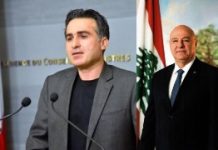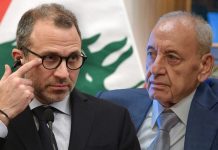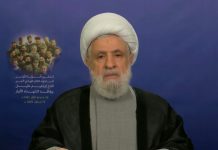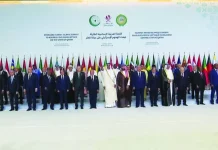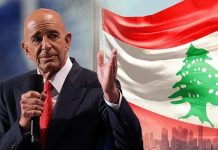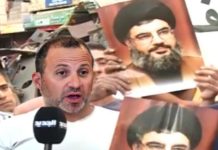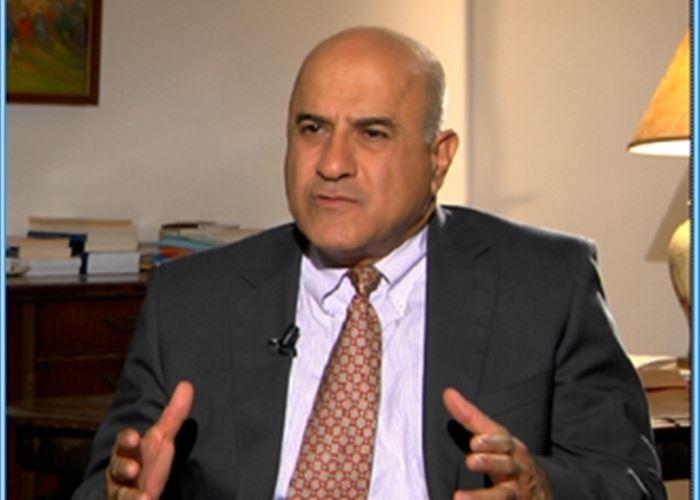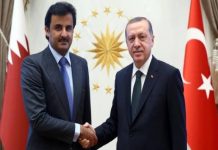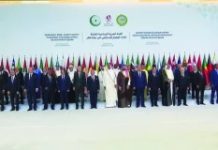شارل الياس شرتوني: ستراتيجية الهراء في إيران وتوقعات الحرب
Iran’s Waffling Strategy and War Conjectures
Charles Elias Chartoun/January 12/2022
The playbook of the latest round of negotiations between the US and Iran, offers no exception to what has become the pattern of prevarication and double entendre which characterize Iranian diplomacy. This state of ambiguity owes to the religious ethos (Concealment, التقية), the culture of dissembling and power relationships, the imponderables of Iranian regional security, the inherent cynicism of a subversive and proselytizing Islamic revolution striving diligently to reconstruct the Middle Eastern geopolitical order through open subversion, while instrumentalizing Shiite communities and historical grievances throughout the wide arc of conflicts extending between the Larger, Middle and Near East, at a time when civil society challenges its narrative and operational legitimacy. Short of having a working understanding of Iranian diplomatic subtexts, observers on the outside incur the risk of glossing over these apparently inconsistent predicates. In other words, Iranians are less interested in conflict resolution and more focused on tying diplomatic maneuvers to their subversive ends and sense of self righteousness, which invariably lead to the distortion of the diplomatic ratione materiae and vitiates the scope of diplomacy. Having said that, these deontological premises are deliberately flawed and end up undermining the negotiation process.
The mere fact that the Vienna negotiations are compartmented, conducted in separate venues and fire walled by the absence of common epistemic and ethical frameworks, make them tentative and unproductive, and this is no coincidence. Robert Malley expressed his skepticism when he emphasized the inherent contradictions of the ongoing negotiation process wherein every progress in parleying is countervailed by blatant violations of the nuclear control regimes, exponential militarization of proto-nuclear applications, pursuit of imperial inroads throughout the Middle East, and integration of the nascent new Cold War architecture and scenarios. The elapsing time turned out to be a wasted time where no tangible progress was made on the crossroads between nuclear and conventional demilitarization, regional partnerships in conflict resolution, and ideological depolarization. This never ending procrastination is reaching its limits since the nuclear inspection regime is biased, the imperial belligerence is running unhindered its course, and the ideological rhetorics are gaining in salience, whereas the internal situation in Iran is deteriorating by the hour and the repression cycles have doubled in velocity and harshness.
These behavioral traits, far from being occasional and transient, have displayed the true complexion of a totalitarian system, its ingrained propensities and subversive goals, and unlikely conversion. Left to its inner dynamics, the warmongering nature of this regime is inevitably leading to manifold sub-regional conflicts, uninhibited imperial hubris and the consolidation of ideological extremism and geopolitical instability at both ends of the Islamic historical divide, and putting at stake the utmost need for State matrix reconstruction. The dismal conditions of Lebanon, Syria, Iraq, Palestinian Territories and Yemen, testify to the calamitous nature of this totalitarianism and its impact in a volatile region. The excruciating travails of our country lies at the core of these roaming tectonics and their recurring convulsions, in a region lurching between colliding geopolitical blocs and ideological polarities

